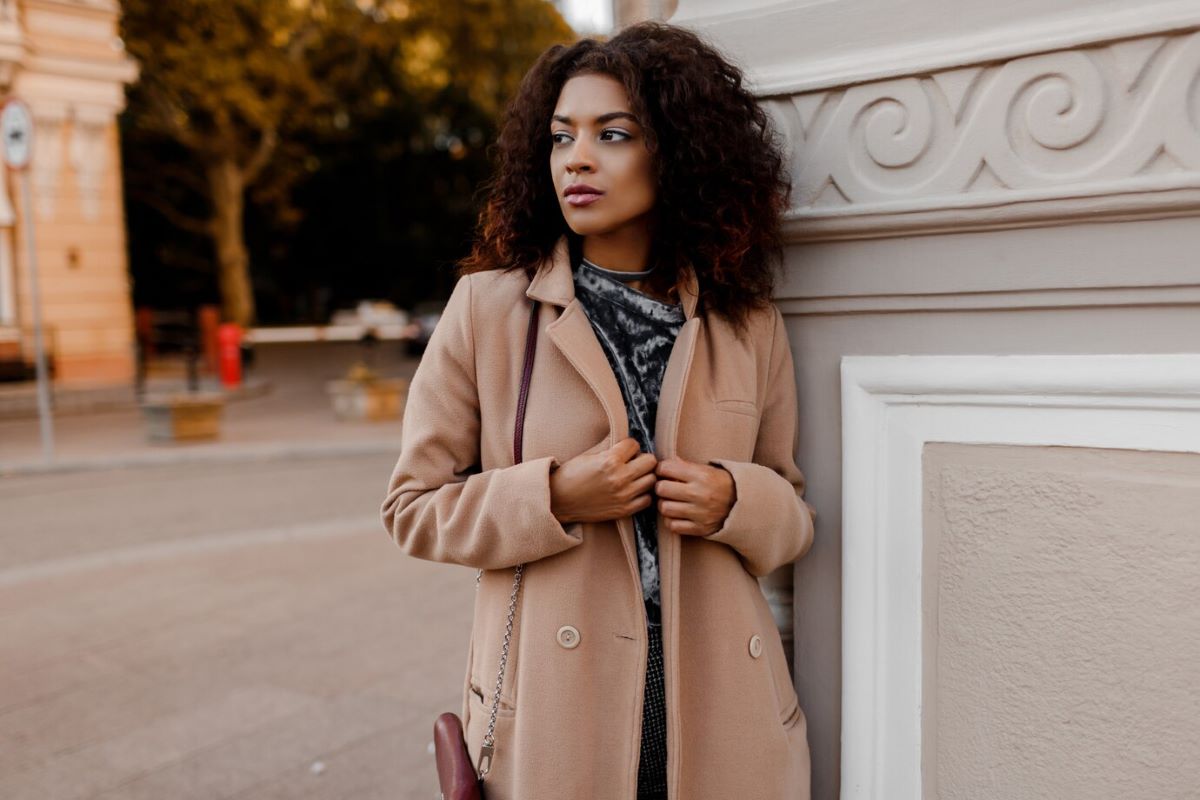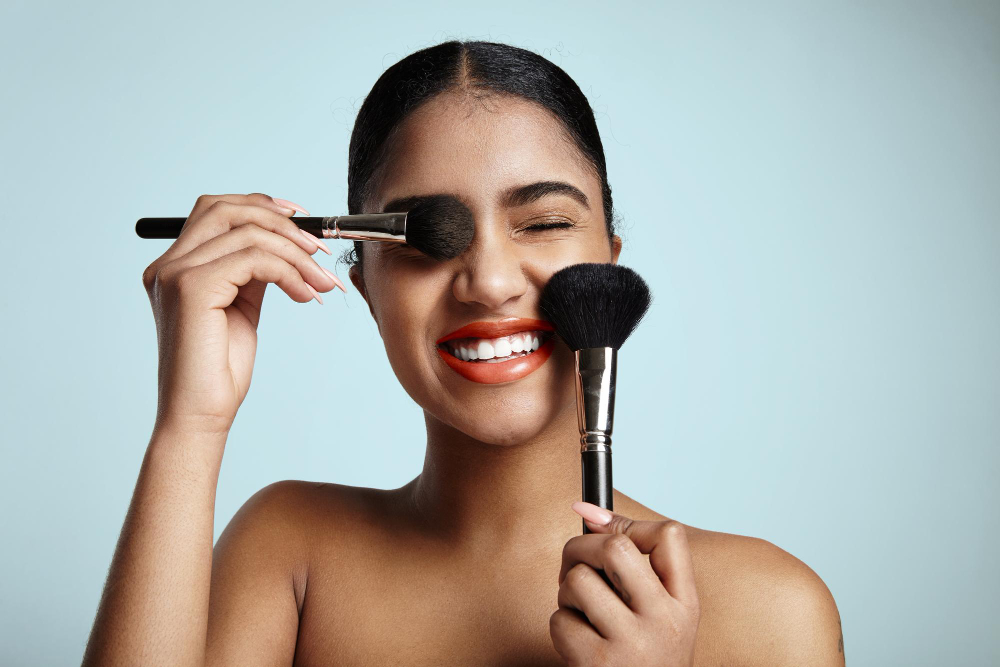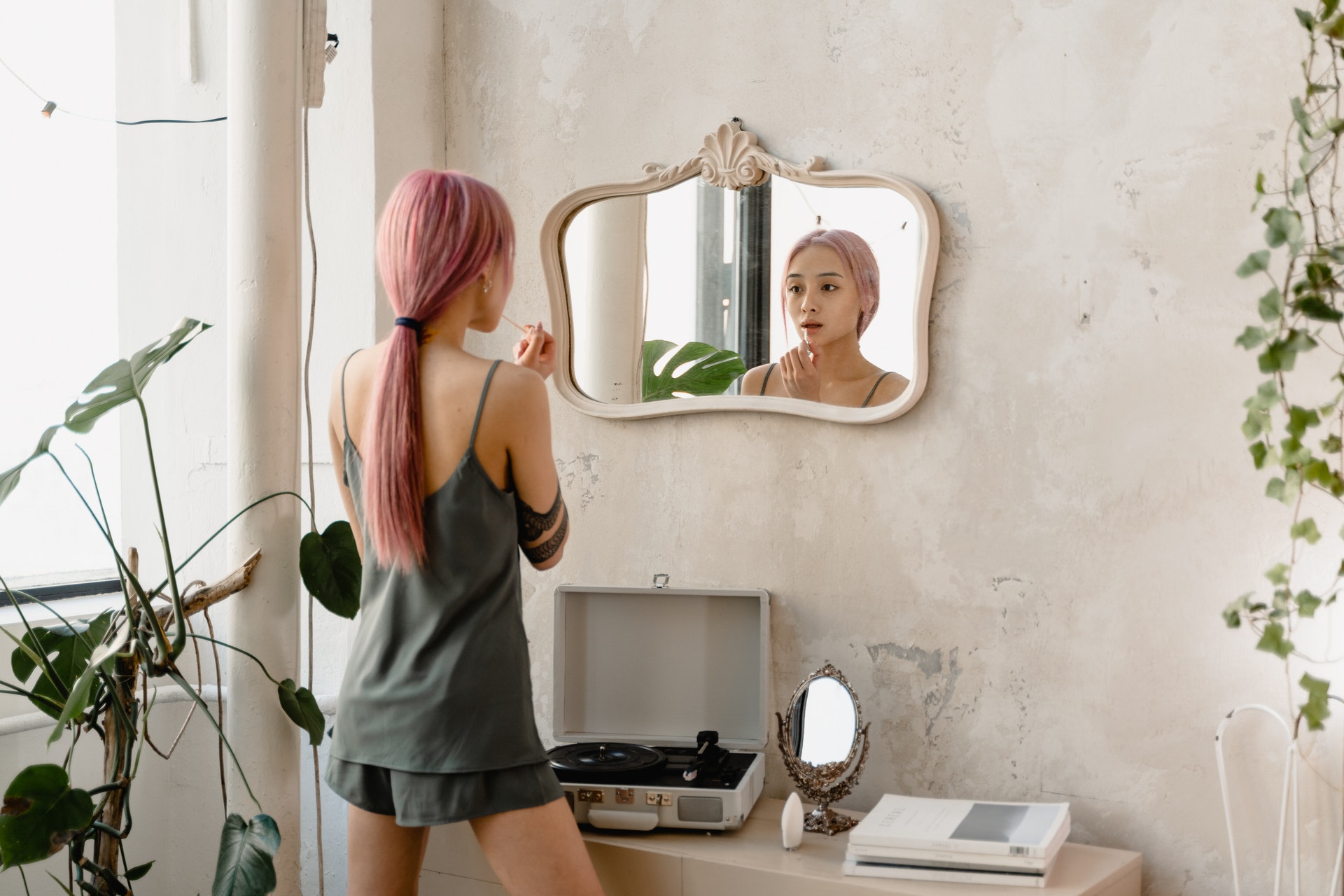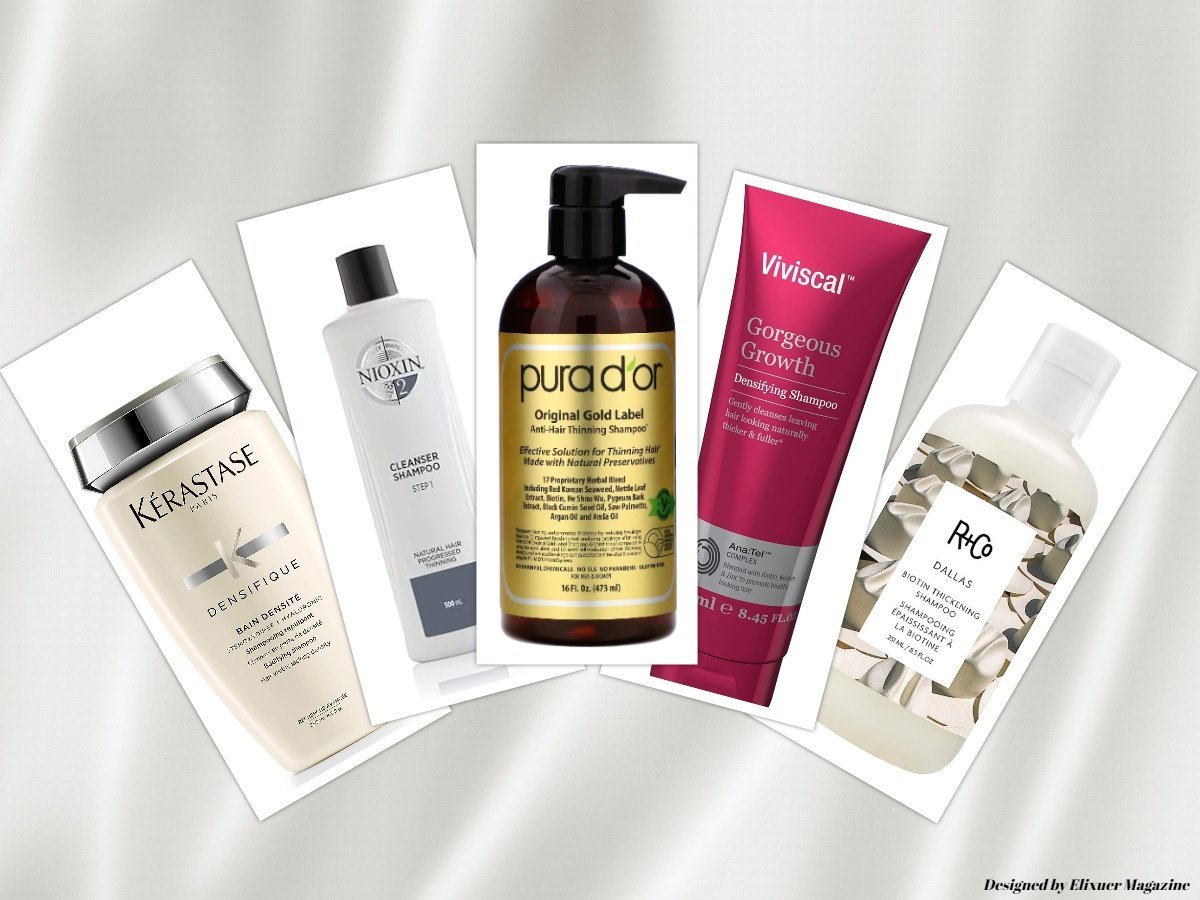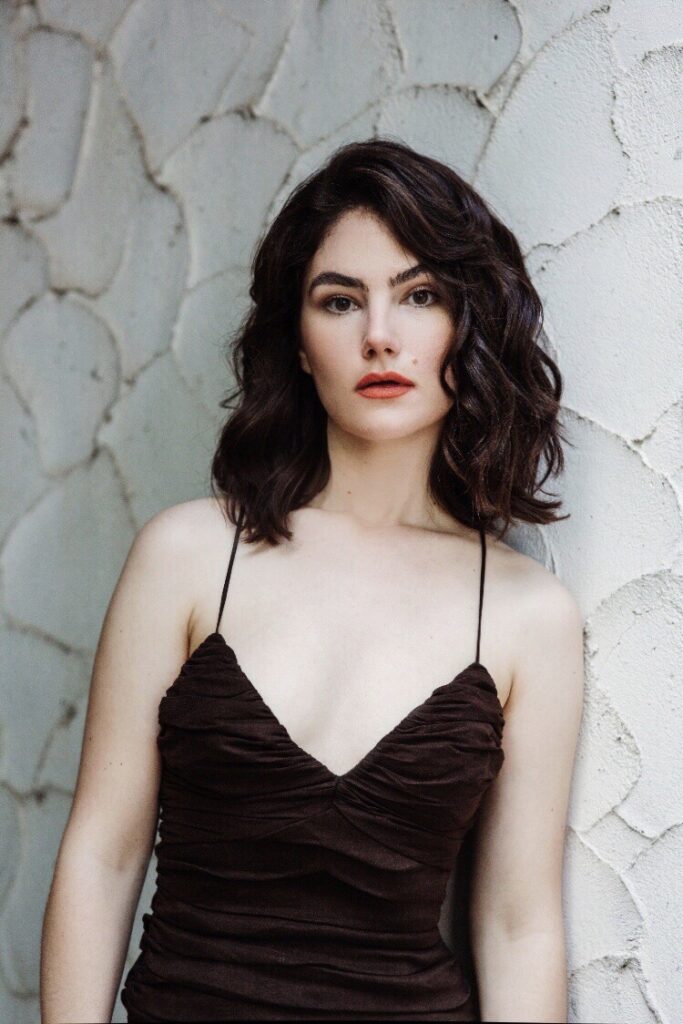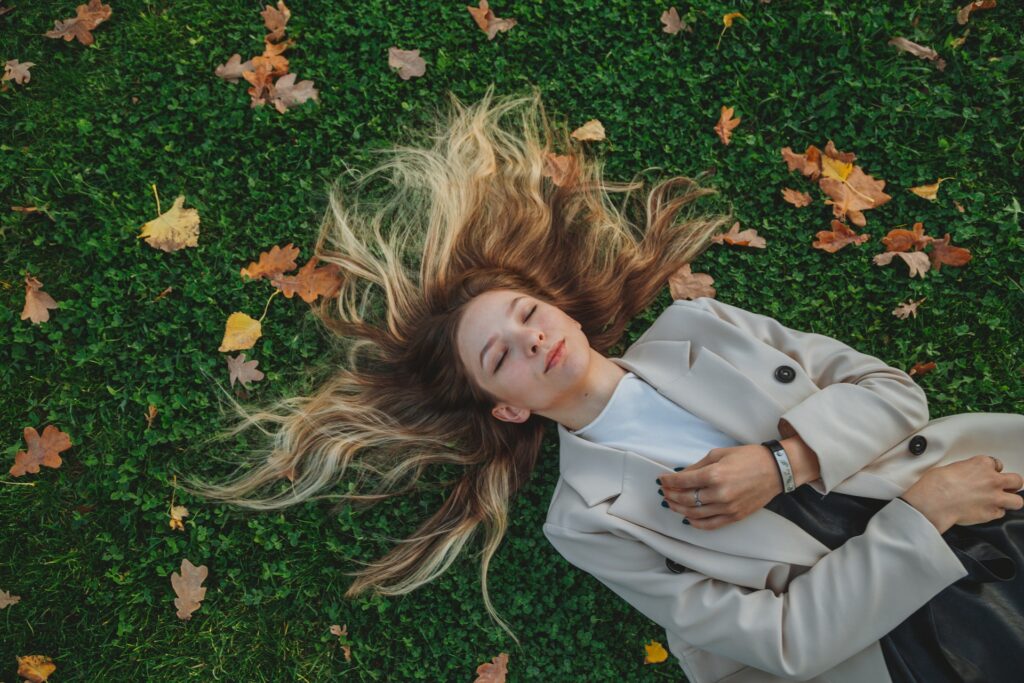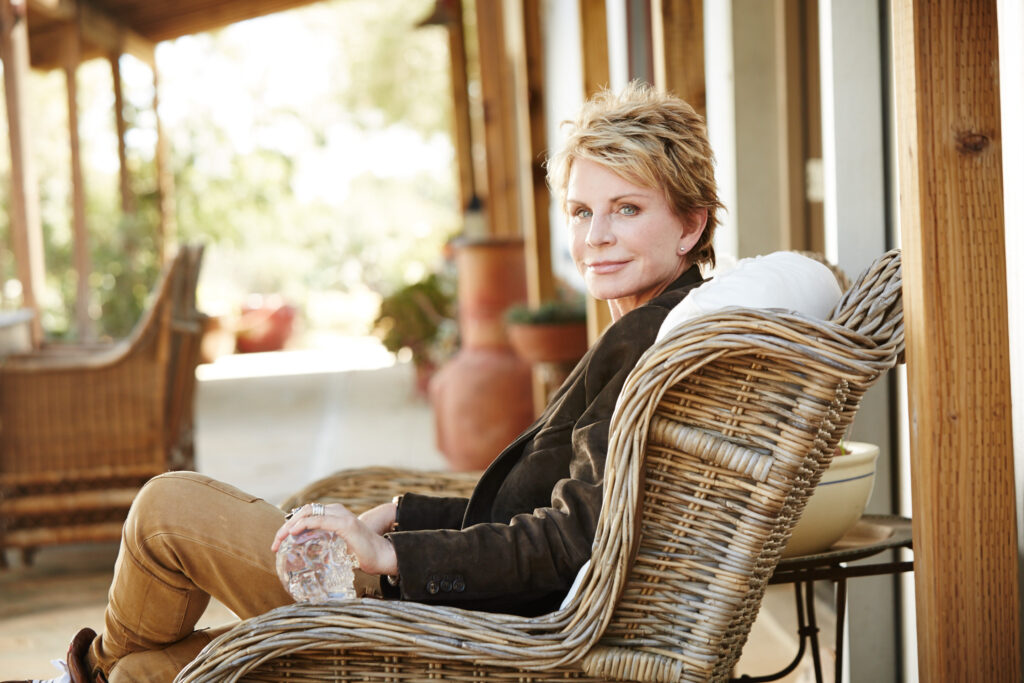by Rose Ho
Katie Boland is an award-winning actor, director, writer, and producer. Having started in the industry as a child actor, she went on to appear in Atom Egoyan’s Adoration and Paul Thomas Anderson’s The Master. Perhaps influenced by her mother, the respected director and photographer Gail Harvey, Boland went on to write, produce, and direct a number of shorts, like Lolz-Ita, which was part of the Toronto International Film Festival’s Share Her Journey.
The feature-length film We’re All In This Together finds Boland in the director’s seat while also playing dual on-camera roles as estranged twins. The film has already garnered over 30 awards at film festivals around the world. Below, the multi-talented Boland discusses some of the technical challenges she faced while directing and acting. We’re All In This Together opened theatrically on October 14th in Toronto and Vancouver via Vortex Media.
Please tell us a little bit about We’re All In This Together. What drew you to this story?
We’re All In This Together is a film that I wrote, directed, produced, and starred in as twins. I adapted it from a bestselling Canadian novel by Amy Jones. It’s about a woman who hurls herself over waterfalls in a barrel and the feat goes viral. Her dysfunctional family then has to do something that they never thought possible, which is act like a real family.
I was drawn to the novel and to the project because I’m extremely interested in families. I love to explore family dynamics and the dysfunction that we all have within our own. Creatively, I found it really exciting to direct myself as twins, so that is why I was drawn to the project.
How was the process of directing and acting simultaneously for you?
It was certainly complicated. I had to really plan everything — almost each second of my performance — before getting on set. I had to be very clear about the shots that I wanted. I couldn’t leave anything up to chance within this circumstance. There were complications, but it was also very thrilling. Creatively, it was so exciting because each day it felt like you were climbing a mountain, and you got to the top if you got everything you needed. There was a ton of adrenaline, and I look back on it as one of the most exciting times of my life, certainly.
What was the biggest lesson you learned while directing a feature length film?
The biggest lesson I learned was probably don’t put visual effects in your first film. <Laugh> Don’t rely on visual effects to make a waterfall in your first film that doesn’t have a huge budget. This was an incredibly ambitious first film, and very ambitious for the budget that we had. I certainly learned that there were some times when you really felt under a lot of pressure, and there were moments when I didn’t know if I would get what I wanted or what I needed to really sell the story I was trying to tell. Ultimately, I’m very happy with how it all turned out, but I would say, next time, I might go a little easier on myself and choose something a little simpler.
What was the biggest challenge you faced portraying twins?
The biggest challenge, or what I felt most nervous about, was how I am going to really make them seem like completely different people. My goal was to have people watch the film and think, “Is that two actresses?” Whether I accomplished that or not is up for debate, but that was certainly the biggest challenge.
A lot of doing that was working with hair, makeup, and wardrobe. I had an incredible hair, makeup, and wardrobe team who were very aligned with my vision, and it was very distinct how we were going to physically separate the two twins. But my challenge was, if you’re going to take this on and say that you can direct yourself as twins, you’d better do a good job. They better seem like two different people. So that’s what I felt was the most challenging and made me the most nervous.
What kind of tone did you want to set as the director?
That’s a great question. It’s very important as the director to set the tone. I needed to stay calm always, even if I wasn’t always calm inside, because if I started to panic or if I looked at just how challenging this project was and let that show, then no one else would have confidence or faith in me either. But, I love to be collaborative. I really enjoy making everyone feel safe, emotionally respected, and comfortable. I’m hopeful that I set a tone of respect and empathy.
Another thing that I think is important as the director is you do have to seem like the boss. Otherwise, people start to feel nervous, and they should. I also tried to project a fair amount of confidence that I may not have actually had.
After such a technical challenge, would you want to make a film like this again?
No. <Laugh> No, I would not. I would enjoy making another technically challenging film as just a director, but I do not think I’d like to make another extremely technically challenging film that had VFX, twinning — me acting in two roles — all of that, as a filmmaker again. None of those things intimidate me anymore, but I think I’m done doing that as well as acting.

